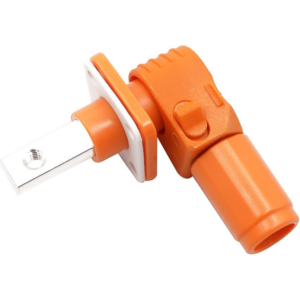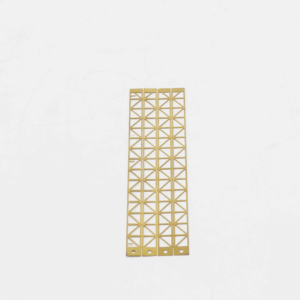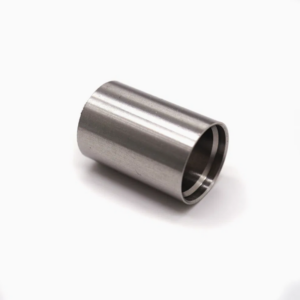Punching has been a fundamental method for cutting and separating materials, particularly within the metalworking industry. Its advantages often surpass those of laser cutting, making it a crucial technique in manufacturing. This article delves into the nuances of sheet metal punching, examining its various types, benefits, challenges, and scenarios where outsourcing this process may be advantageous.
Advantages of Sheet Metal Punching
When your project requires the creation of multiple deformations, perforations, or openings in sheet metal, punching is the preferred method. Below are some significant advantages of this processing technique:
Precision
Modern punching machines are designed for exceptional precision and dimensional accuracy. This capability enables the rapid production of identical, accurately fitting sheet metal components, ensuring consistent quality across production batches. The precision of punching minimizes the need for extensive rework, thereby enhancing overall efficiency.
Versatility
Punching offers a wide range of shaping options, excelling in both forming and drilling operations. This versatility makes it the go-to method for producing features such as recesses, beads, gills, and threads. The ability to perform multiple operations within a single setup streamlines production processes and reduces lead times.
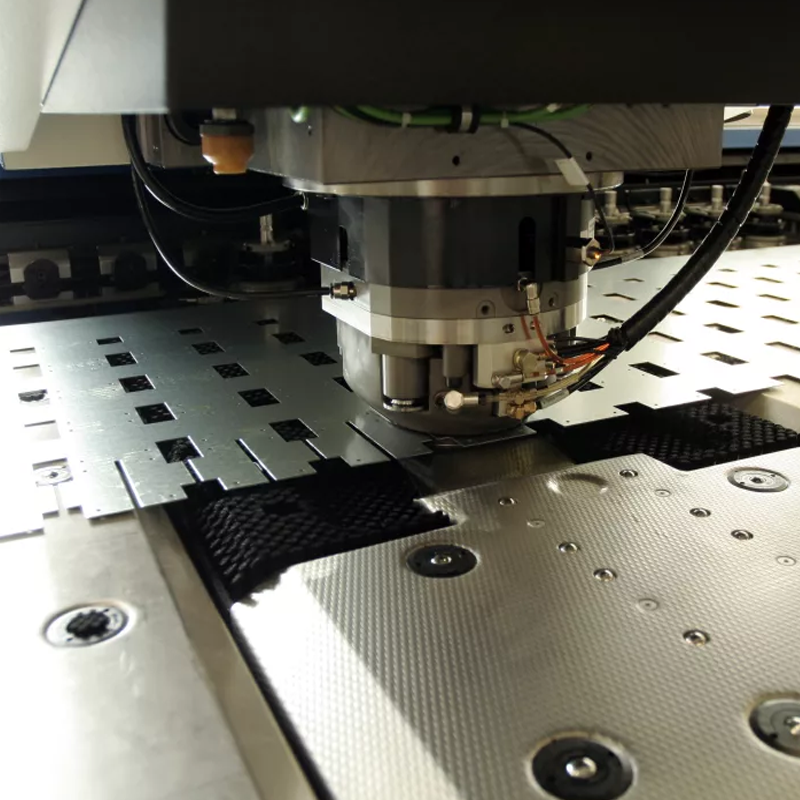
Simplicity
As a mechanical processing method, punching does not require extensive preparation time or thermal treatment. Unlike laser cutting, which involves melting, punching simplifies the manufacturing process, leading to enhanced efficiency. This straightforward approach allows for rapid adjustments and modifications, accommodating changing production needs with ease.
Cost and Energy Efficiency
Modern machining centers leverage CNC technology for automated punching, significantly reducing production times and costs. The absence of thermal processing also contributes to energy savings, making punching a sustainable choice for manufacturers. The overall cost-effectiveness of this method makes it particularly appealing for high-volume production runs.
Key Benefits
– Cost-effective and energy-efficient production
– Precise cut-outs, openings, and embossing capabilities
– Ideal for high-volume series production
– Mechanical processing that avoids thermal deformation
– High throughput with consistently high-quality results
Common Techniques in Sheet Metal Punching
Punching encompasses various materials, predominantly metal supplied in sheet form. While commonly associated with the metal industry, this technique is also utilized in sectors such as paper, textiles, and plastics. Modern punching machines perform multiple functions beyond simple punching. Key techniques include:
Cutting
Achieved through wedge or shear cutting methods, this technique allows for the precise separation of materials.
Forming
Punching machines can bend materials using specialized tools, offering advantages over laser technology, especially for complex shapes.
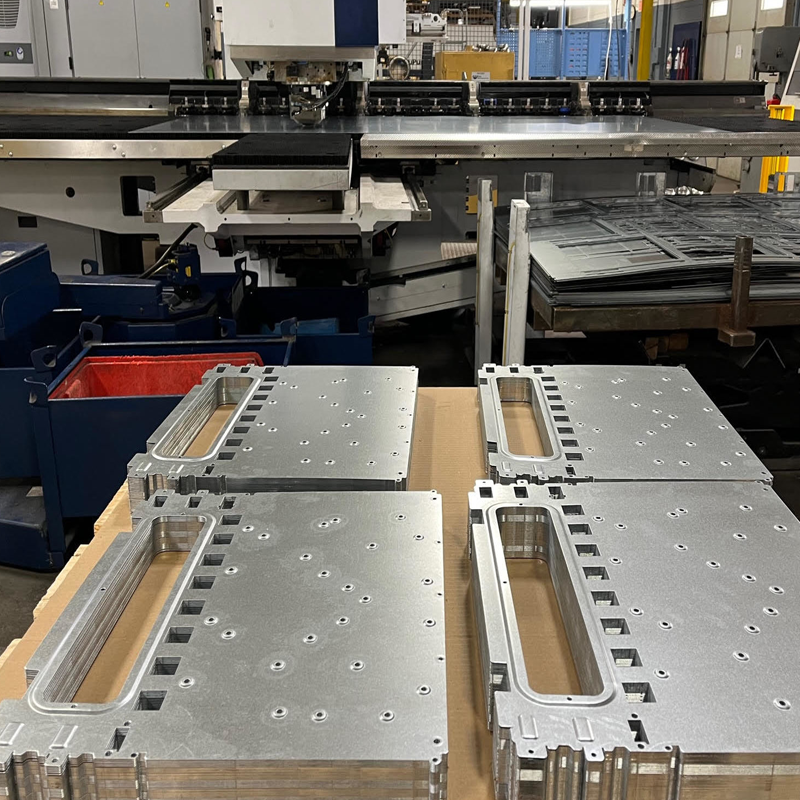
Joining
This process combines two workpieces through methods like riveting, pressing, or folding, enhancing the functionality of the final product.
Shear Cutting Explained
Shear cutting is an essential aspect of the punching process, which can be categorized into various types:
– Cutting Out: Involves shapes with a closed cutting line.
– Cutting Off: A classic method for cutting along a specified line.
– Punching: Creates holes in sheet metal, making the closed cutting line evident.
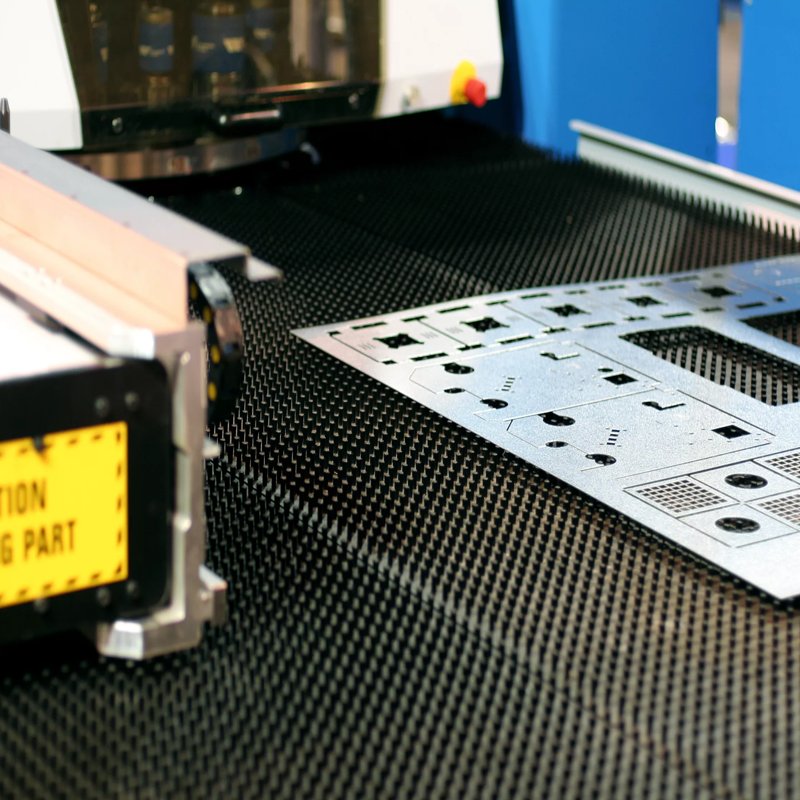
– Notching: Involves cutting sections along the edge of the material.
– Incision: Prepares material for bending or drawing, resulting in partial separation.
– Trimming: Removes excess material to refine edges.
– Nibbling: A gradual technique for material removal that allows for detailed shaping.
Considerations and Challenges
While punching offers numerous advantages, it does have some limitations:
High Initial Costs
Investing in professional punching equipment can be expensive. For businesses focusing on smaller-scale projects, outsourcing to specialized providers may be a more economical choice. This strategy allows companies to leverage advanced technology without incurring the costs of purchasing and maintaining equipment.
Limited Flexibility
Punching is most effective for larger production runs. The complexity of smaller designs increases the difficulty of achieving desired outcomes, particularly since the size of the hole must correspond to the thickness of the sheet metal. As a result, intricate designs may require additional setup time and tooling.
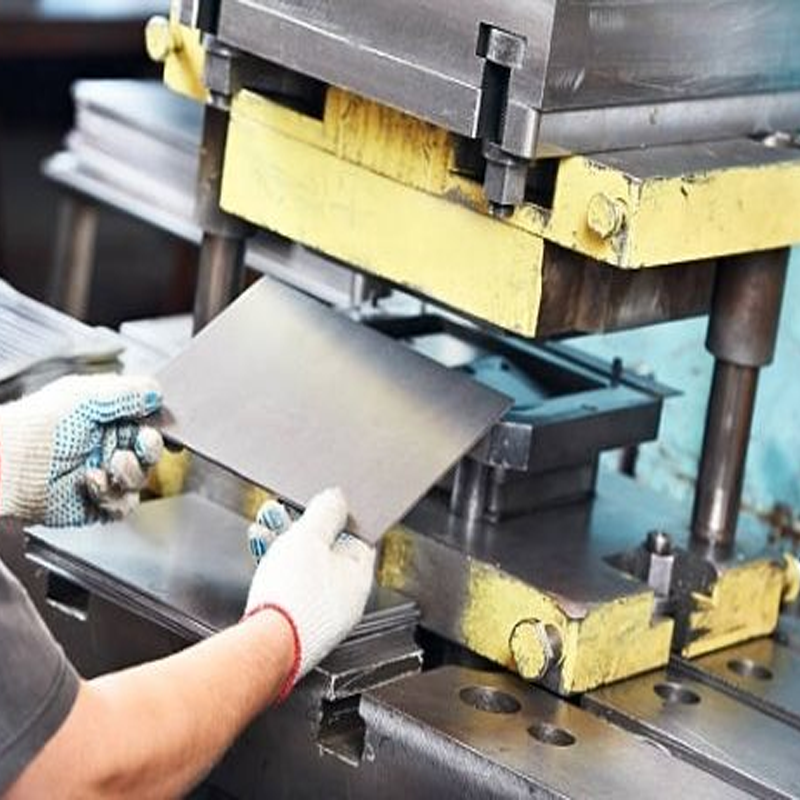
Need for Post-Processing
Older punching tools may produce burrs—raised edges that require removal for optimal results. Many modern facilities incorporate deburring tools to enhance edge quality and efficiency, ensuring that finished products meet high standards.
Material Selection
At Topmetalstamping, we work with a diverse range of materials suitable for punching, including:
– Aluminum
– Copper
– Brass
– Bronze
– Stainless Steel
– Steel
– Spring Steel
Conclusion
Punching remains a time-honored technique in the manufacturing sector, standing alongside advanced laser technologies. It is a high-precision method that enables rapid and cost-efficient production of sheet metal components.
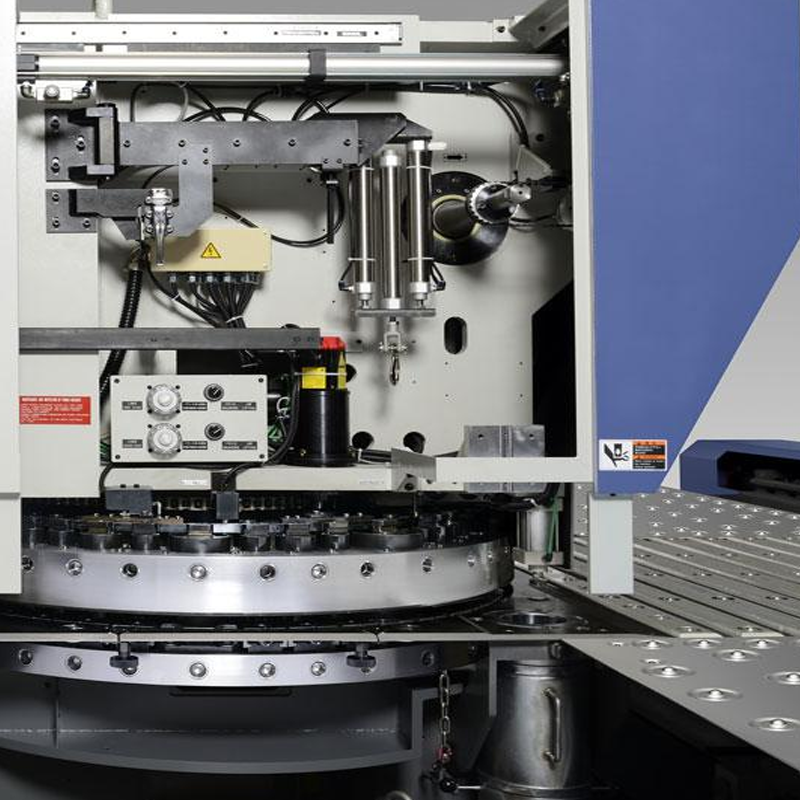
At Topmetalstamping, we specialize in delivering high-quality punched sheet metal products with minimal defects. Our extensive inventory includes hundreds of punching tools and combination tools, enabling us to meet your specific requirements swiftly and affordably. By leveraging advanced technology and skilled expertise, we ensure that our clients receive superior products tailored to their needs. Contact us today to discover how our sheet metal punching services can enhance your manufacturing projects.

